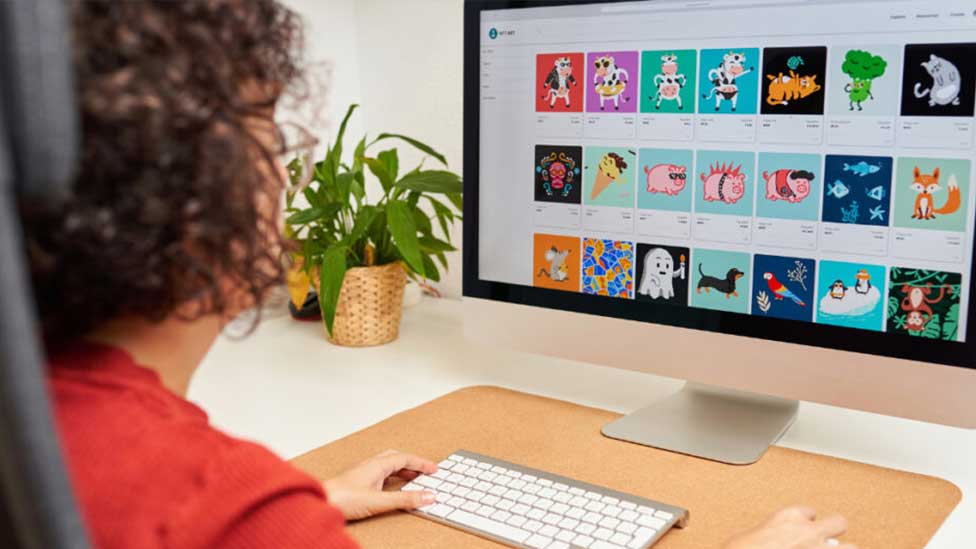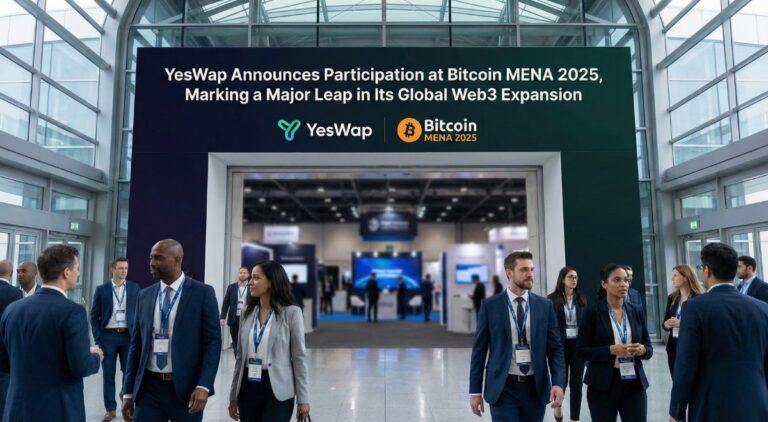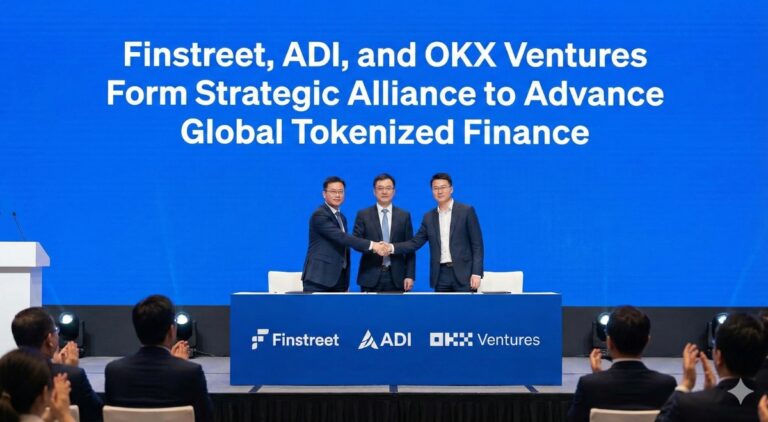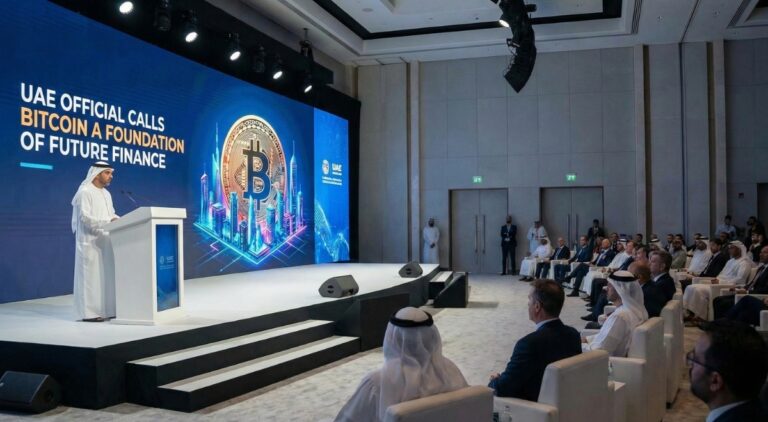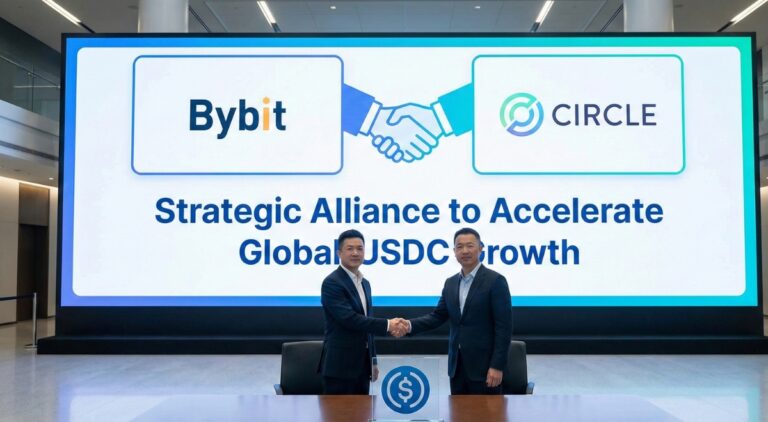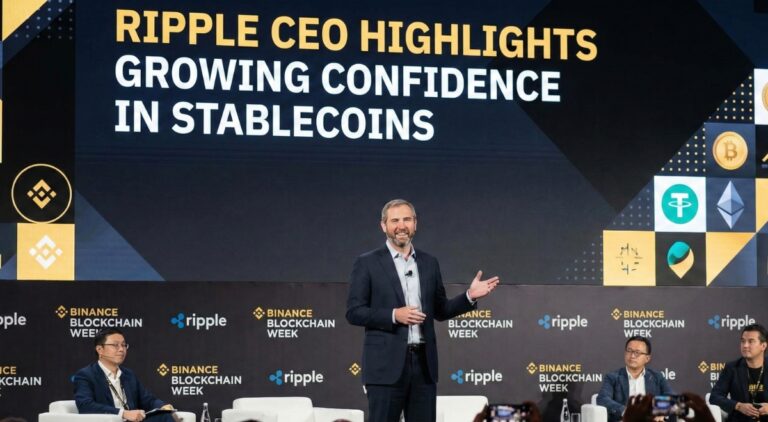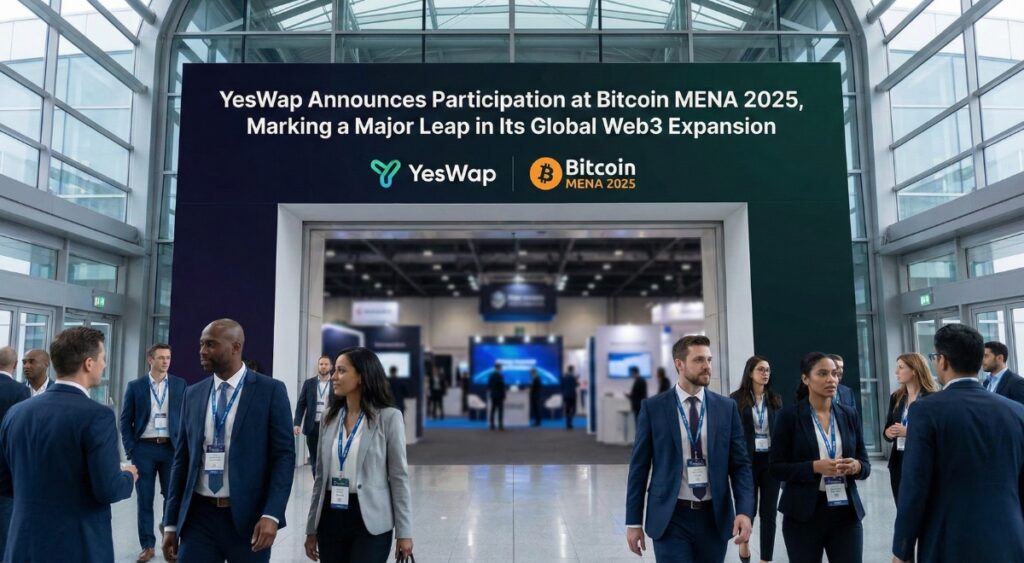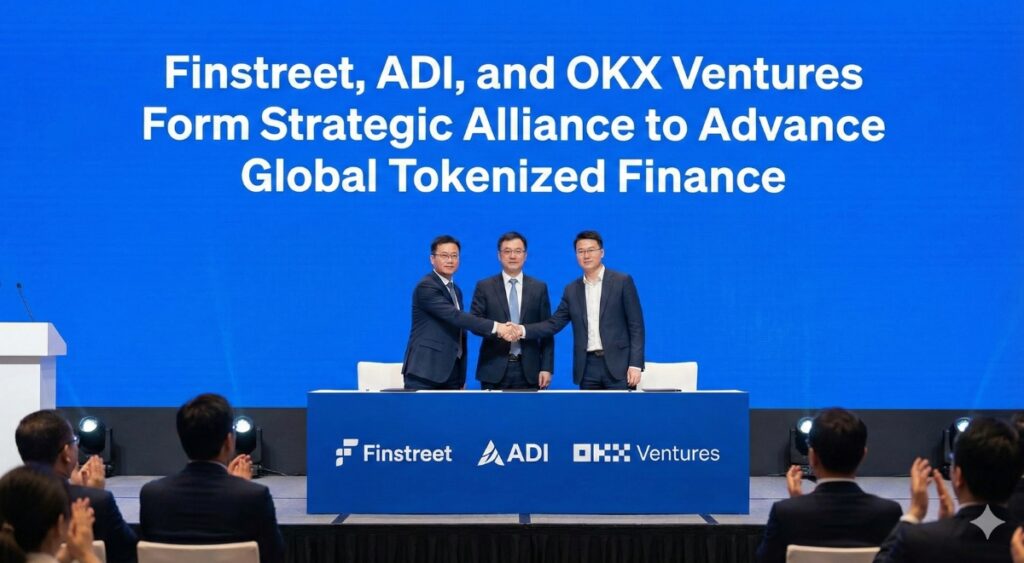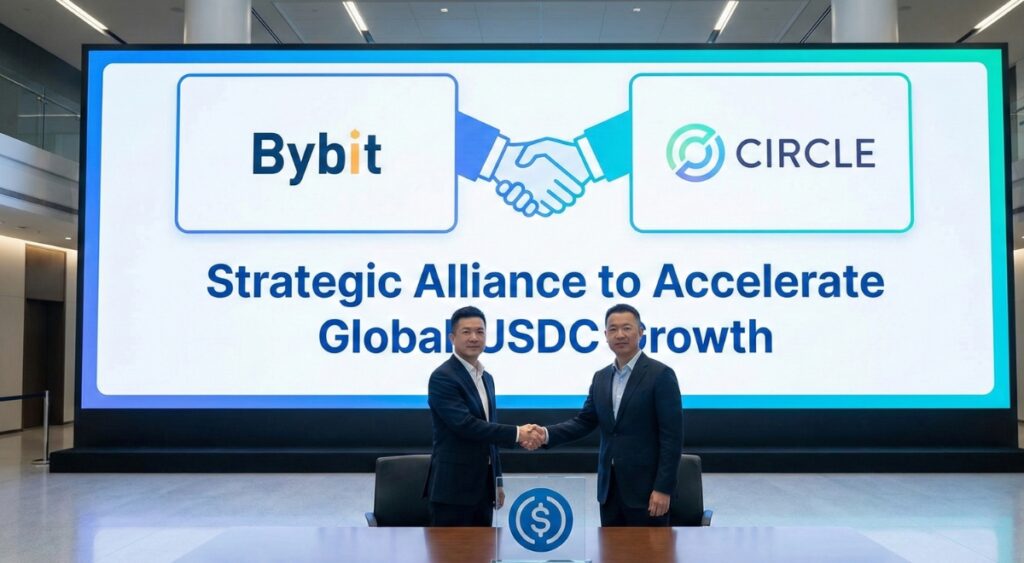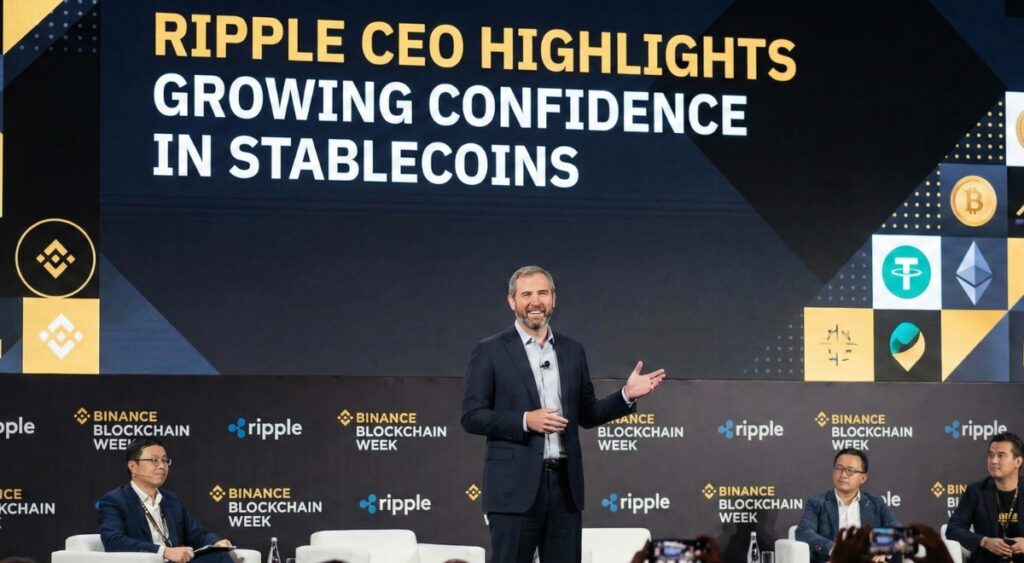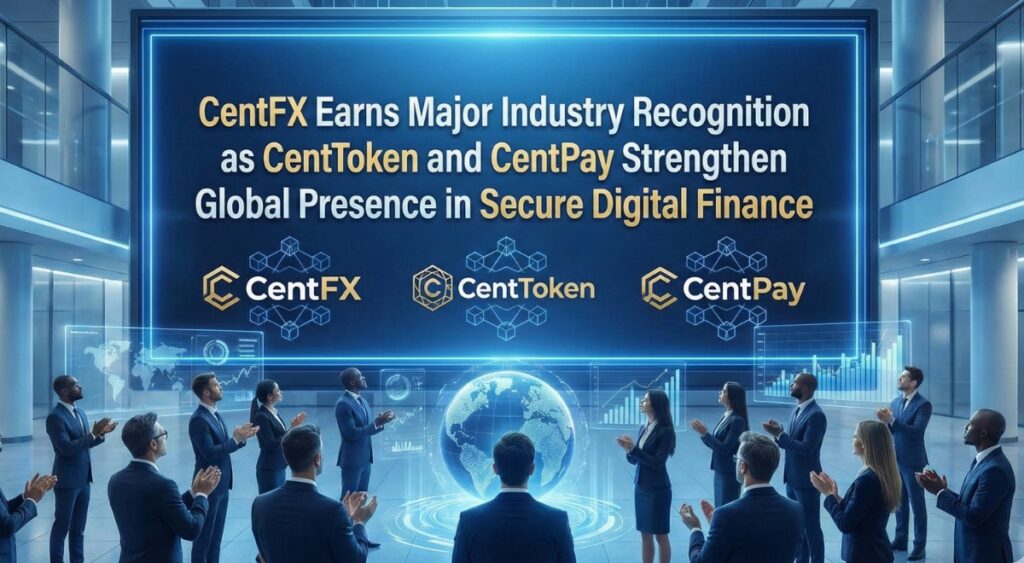OpenSea, the world’s largest marketplace for non-fungible tokens (NFTs), has launched its Flagship NFT Collection, a curated effort designed to position NFTs as cultural artifacts and not merely digital assets. Representing a commitment of more than $1 million, the initiative is intended to showcase works with enduring cultural and artistic relevance, capturing the story of digital creativity as it unfolds.
The first acquisition for the collection, CryptoPunk #5273, reflects OpenSea’s ambition to highlight iconic projects that have shaped the NFT space. By making high-profile purchases and curating a selection of rare and emerging digital artworks, OpenSea is signaling its role not only as a marketplace but also as a custodian of digital culture.
NFTs as the New Cultural Record
NFTs are unique digital assets stored on the blockchain, most often associated with art, collectibles, and creative projects. Unlike cryptocurrencies such as Bitcoin or Ethereum, each NFT is one-of-a-kind, making it ideally suited to preserve and authenticate digital creativity.
With the launch of the Flagship Collection, OpenSea is presenting NFTs as cultural markers—artifacts of a digital era that increasingly blends technology, art, and identity. The company describes the collection as a “living NFT museum,” a constantly evolving showcase that honors both pioneering works and contributions from emerging artists.
This initiative comes against a backdrop of growing collector interest. In 2023 alone, NFT sales on OpenSea surpassed $3 billion, underlining the fact that NFTs are increasingly regarded not only as speculative assets but as cultural statements. Collectors are beginning to value them for their significance in shaping art history in the digital age, and OpenSea’s move further cements this narrative.
Setting Standards for Curation and Preservation
The acquisition process for the Flagship Collection is being guided by a committee of OpenSea employees, supported by external advisors with expertise in art, technology, and digital culture. Their focus is not on short-term market trends but on long-term cultural relevance, ensuring that the pieces selected will continue to resonate for decades to come.
The committee is tasked with balancing the inclusion of rare, iconic NFTs—such as CryptoPunks, Bored Apes, or generative art collections—with the work of emerging digital artists who are pushing boundaries in the space. By doing so, OpenSea hopes to create a broad and inclusive representation of the digital art movement.
Fairness and transparency are central to the process. OpenSea has implemented safeguards to prevent conflicts of interest and to ensure that acquisitions are made with integrity. The emphasis, the company says, is on building a credible collection that the community and industry at large can trust.
Bridging Art, Finance, and Technology
OpenSea’s Flagship Collection reflects a larger shift in the way digital assets are perceived. As NFTs become increasingly mainstream, they are being integrated into conversations around art history, cultural preservation, and even financial innovation.
The act of acquiring, curating, and preserving NFTs elevates them beyond their initial market hype, positioning them as legitimate cultural objects akin to paintings, sculptures, or photography. This mirrors how traditional museums and galleries acquire works not only for their beauty but also for their ability to represent a moment in cultural history.
By making this commitment, OpenSea is staking its claim as a platform that goes beyond commerce. It is presenting itself as a leader in shaping how digital culture is preserved, interpreted, and celebrated.
A Smoother Marketplace Experience
Alongside the launch of the Flagship Collection, OpenSea has introduced new payment features that make it easier for users to purchase NFTs directly on its platform. Collectors can now use supported cryptocurrencies to buy digital art and collectibles without leaving the marketplace.
This integration of token-based payments streamlines the purchasing process, lowering barriers for new users while making the experience more seamless for seasoned collectors. The move reflects a wider industry trend: NFT marketplaces are working to improve user accessibility, simplify transactions, and encourage broader adoption.
By blending its role as both curator and marketplace operator, OpenSea is building an ecosystem where digital art can be easily purchased, securely stored, and culturally valued.
Shaping the Future of Digital Culture
The launch of the Flagship Collection underscores OpenSea’s belief that NFTs are more than a passing trend. Instead, they are emerging as a cornerstone of how creativity is expressed, documented, and shared in the digital era.
With acquisitions like CryptoPunk #5273, OpenSea is sending a clear message: NFTs are not just speculative assets—they are part of the cultural record. By curating a thoughtful and high-profile collection, the company is ensuring that the most influential works in the NFT space are preserved for the future.
In doing so, OpenSea is not only legitimizing NFTs as cultural artifacts but also offering a blueprint for how digital art can be celebrated and safeguarded. Much like traditional institutions have preserved physical works of art for centuries, OpenSea’s collection may serve as a model for how digital creativity will be remembered in decades to come.
Conclusion
OpenSea’s Flagship NFT Collection represents a pivotal moment for the digital art industry. With a multimillion-dollar commitment, a structured curation process, and a focus on long-term cultural value, the initiative bridges the worlds of art, finance, and technology.
As NFTs continue to move into the cultural mainstream, OpenSea is establishing itself not only as the largest NFT marketplace but also as a key player in preserving and shaping digital culture. By treating NFTs as artifacts rather than assets, the company is ensuring that this new form of creativity will be recognized and celebrated for generations to come.

